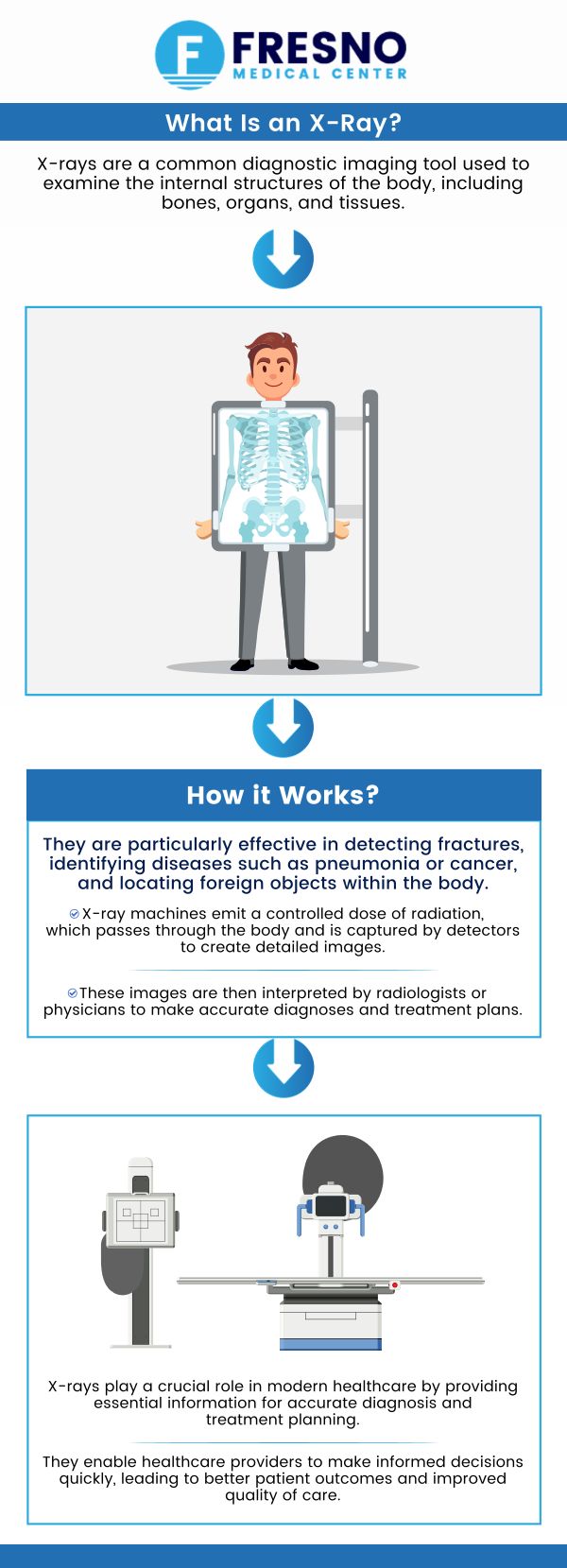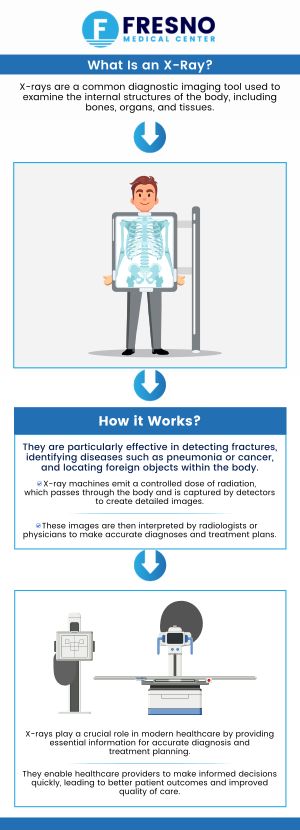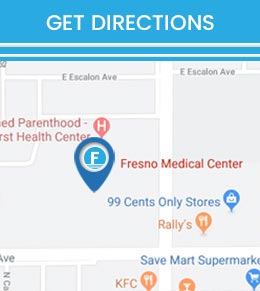X-Ray Services in Fresno, CA
X-rays are imaging tests that use safe radiation to generate images of bones and soft tissues and help healthcare providers diagnose various illnesses and plan treatments. At Fresno Medical Center Dr. Gurmej Dhillon, MD and our healthcare professionals offer an on-site x-ray laboratory with same-day interpretation and diagnosis five days a week. Contact us for more information or book an appointment online. We are conveniently located at 6069 N First St. #103, Fresno, CA 93710.




Table of Contents:
Do you need an appointment for x-rays?
What is considered diagnostic imaging?
Is radiology the same as imaging?
Why should I choose Dr. Gurmej Dhillon, MD, and Fresno Medical Center for my X-Ray services in Fresno, CA?
Many walk-in clinics and other healthcare centers offer same-day, walk-in services for X-rays – particularly those done for diagnostic purposes. If you have any questions about the services that we offer at Fresno Medical Center, including our x-ray services and diagnoses, please call us and we will answer your questions. If you would prefer, you can also book an appointment online through our website.
Diagnostic imaging is a branch of medicine that makes use of electromagnetic radiation and other technologies to produce images of the body’s internal structures for accurate diagnosis. It is roughly equivalent to radiology, which is the branch of medicine that uses radiation in the treatment and diagnosis of disease. However, in diagnostic imaging, other technologies – which may include ultrasounds and endoscopies – may also be used alongside more traditional, radiation-based imaging.
X-rays are the first and most traditional type of radiation used to provide images of the body’s internal structures. One of the limiting factors of X-rays, however, is that they have an inability to distinguish between adjacent, differentiated soft tissues which have roughly the same density. Usually, to achieve the contrast needed, a contrast medium – typically a liquid or gaseous substance that is opaque, or comparatively so, to x-rays or similarly transparent – is injected into the body or otherwise ingested.
Contrast medium fluids can be injected into bodily cavities, the bloodstream, and lymphatic vessels, swallowed or introduced into the body by an enema to study the digestive tract, or injected in an organ’s surroundings to show their external contours. Different contrast mediums allow for the x-ray imaging of particular or different types of soft tissue structures, including arteries and veins in angiography. Any part of the body can be examined for physiological disturbances through X-ray analysis, and X-ray motion pictures can record the body’s processes as the contrast media enters and leaves different parts of the body.
Endoscopy and other related procedures, which make use of flexible optical instruments that are inserted through bodily openings – either naturally occurring or those made during a surgical procedure – are also included in diagnostic imaging. Many instruments used in these scope procedures are outfitted with video cameras, which allow the physician to view the tissues being examined in real-time; certain scopes are also fitted with instruments to allow for tissue biopsies, where a tissue sample is collected for study.
Not necessarily. Radiology is a branch of medicine that makes use of imaging technology to both diagnose and treat disease and is divided into two different areas: diagnostic and interventional.
Diagnostic intervention is usually part of diagnostic imaging, as it allows healthcare professionals to see the internal structures of your body, and by making use of these images or films, the radiologist or another physician can: diagnose the cause of your symptoms is; monitor how your body is responding to treatment for a condition or disease; screen for a variety of illnesses, including breast cancer, colon cancer, or heart disease.
Interventional radiology, on the other hand, makes use of imaging technology to help with the guidance of procedures – meaning that it takes place after a diagnosis has already been made.
For those in need of diagnostic X-ray procedures, Fresno Medical Center has an on-site X-ray lab, and our services include same-day interpretation of those X-rays. In addition to X-ray services, we offer a variety of healthcare services including primary care, diabetes management, medical weight loss, functional medicine, allergy testing, physical exams, DOT and immigration physicals, and pediatric care. Our team, led by Dr. Gurmej Dhillon, is dedicated to providing comprehensive, compassionate care tailored to your needs. Whether you’re looking for preventive care or specialized treatments, we are here to support your health every step of the way.
At Fresno Medical Center, we prioritize your health with personalized care tailored to your specific needs. With over 20 years of experience, Dr. Gurmej Dhillon, MD, ensures that every X-ray is accurately interpreted, helping you make well-informed decisions about your health.
Convenient Walk-In X-Ray Services
We offer convenient walk-in X-ray services, allowing you to get the imaging you need without the hassle of scheduling an appointment. Our state-of-the-art digital X-ray equipment ensures that you receive high-quality, accurate results quickly and efficiently.
Compassionate and Accessible Care
Our team at Fresno Medical Center is dedicated to creating a welcoming and comfortable experience for all our patients. With flexible hours and a convenient location, we ensure that you have access to the care you need when you need it, all in a stress-free environment.
Contact us for more information or book an appointment online. We are conveniently located at 6069 N First St. #103, Fresno, CA 93710. We serve patients from Fresno CA, Clovis CA, West Park CA, Mayfair CA, Muscatel CA, Burness CA, Locans CA, Lone Star CA and surrounding areas.

Check Out Our 5 Star Reviews


ADDITIONAL SERVICES YOU MAY LIKE
❱ Employment Physical Exams
❱ DMV or DOT Physical Exams
❱ Immigration Physical
❱ Sports and School Physical Exams
❱ Comprehensive Physical Exams
❱ Physical Exams
❱ Surgical Procedure Service
❱ Functional Medicine
❱ Medical Weight Loss






